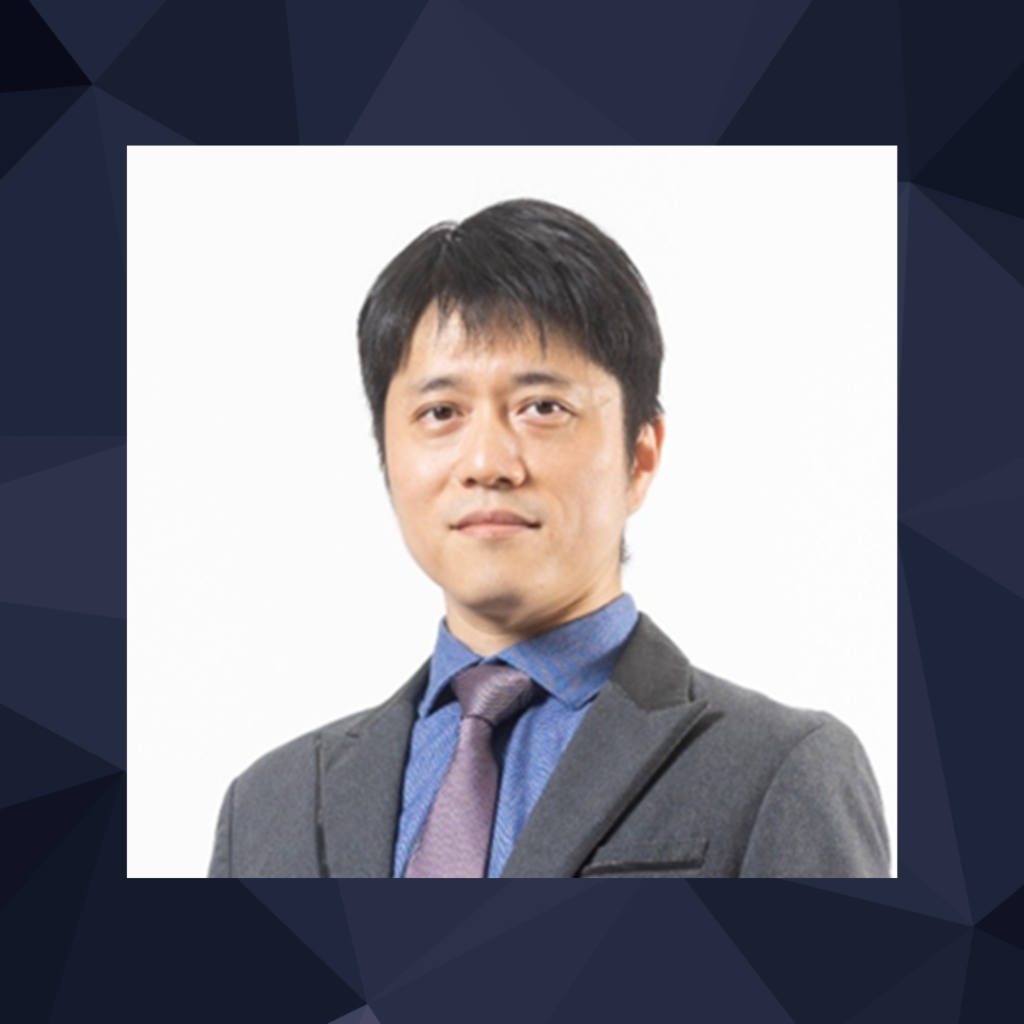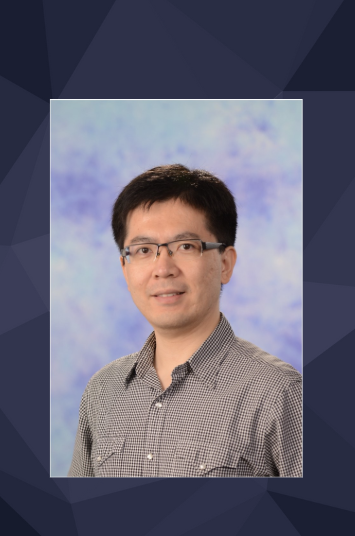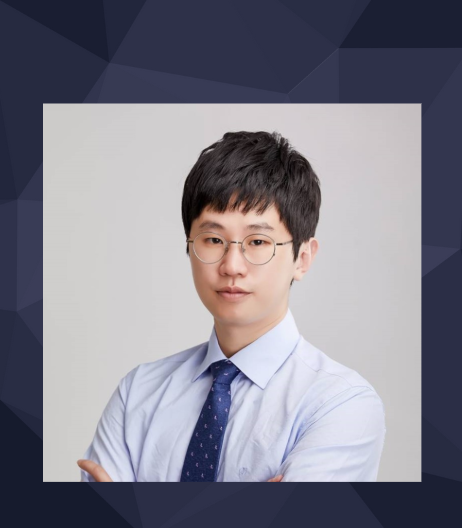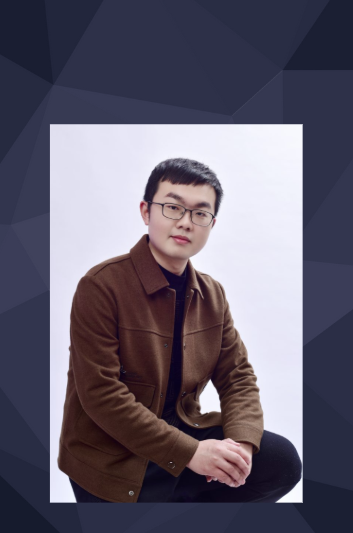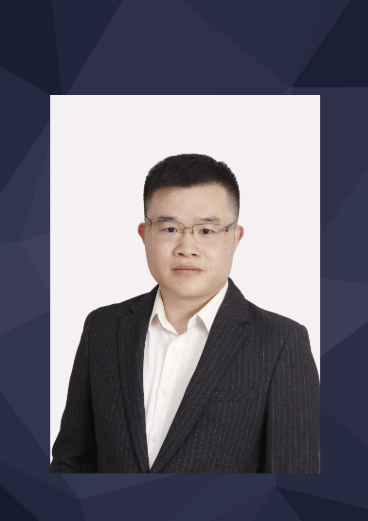TechTalk – Nanomechanics of Semiconductors for Deep Strain Engineering
November 27, 2025 (Thursday) 4:00pm-5:00pm
Under strain, the physical properties of semiconductors can undergo significant changes. However, bulk semiconductor crystals are usually rigid and brittle, making it challenging to achieve high strain levels. Our experiments show that by microfabricating semiconductors like silicon and diamond into micro/nanostructures, they can approach their theoretical strength and sustain ultralarge elastic deformation, opening a new pathway for deep elastic strain engineering of semiconductors via nanomechanics. To realize such strain-engineered device applications, we microfabricated single-crystalline diamond microbridge arrays and achieved sample-wide uniform elastic strains of up to ~10% under uniaxial tensile loading. This ultralarge strain significantly reduced diamond’s bandgap by >2eV or converted diamond from an indirect to a direct bandgap semiconductor, demonstrating great potential for wide bandgap semiconductors and optoelectronics. Moreover, we have extended deep elastic strain engineering to two-dimensional material systems. This includes pioneering the first tensile and shear tests on free-standing monolayer 2D materials, such as graphene, hexagonal boron nitride and Transition Metal Dichalcogenides, as well as their homo- and heterostructures (e.g., twisted bilayer graphene). These studies not only reveal the anomalous nanomechanical properties of 2D materials, but also underscore the potential of elastic strain engineering (up to ~6%) for tuning 2D electronic and optoelectronic devices.

